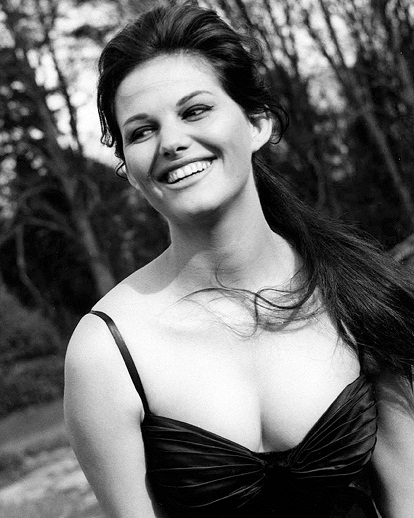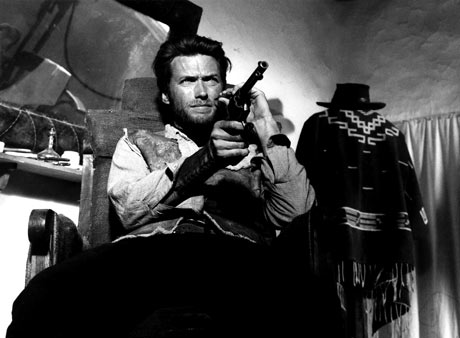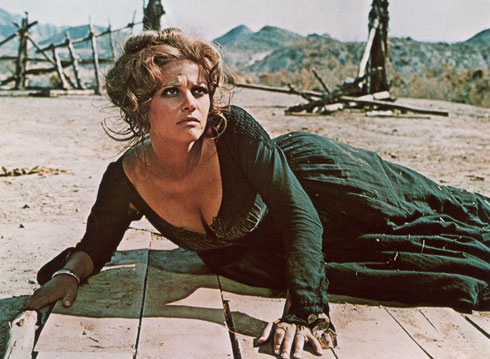<Back to Index>
- Physicist Louis Poinsot, 1777
- Director Sergio Leone, 1929
- Samurai of the Tokugawa Shogunate Sakamoto Ryōma, 1836
PAGE SPONSOR

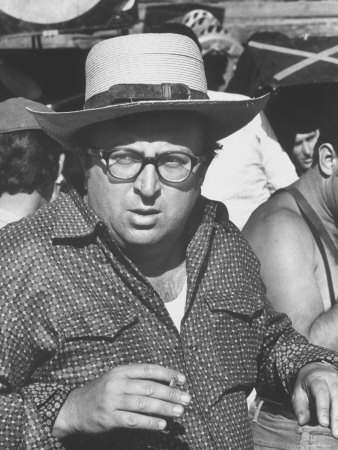

Sergio Leone (January 3, 1929 – April 30, 1989) was an Italian film director, producer and screenwriter most associated with the "Spaghetti Western" genre.
Leone's film making style includes juxtaposing extreme close-up shots with lengthy long shots. His movies include The Colossus of Rhodes, the Dollars Trilogy (A Fistful of Dollars; For a Few Dollars More; and The Good, the Bad and the Ugly), Once Upon a Time in the West; Duck, You Sucker!; and Once Upon a Time in America. Born in Rome, Leone was the son of the cinema pioneer Vincenzo Leone (known as director Roberto Roberti or Leone Roberto Roberti) and the silent film actress Edvige Valcarenghi (Bice Waleran). During his schooldays, Leone was a classmate of his later musical collaborator Ennio Morricone for a time. After watching his father work on film sets, Leone began his own career in the film industry at the age of 18 after dropping out of law studies at the university. Working in Italian cinematography, he began as an assitant to Vittorio de Sica during the movie Bicycle Thieves in 1948. Leone began writing screenplays during the 1950s, primarily for the 'sword and sandal'
(a.k.a. 'peplum') historical epics, popular at the time. He also worked
as an assistant director on several large scale international
productions shot at the Cinecittà Studios in Rome, notably Quo Vadis (1951) and Ben - Hur (1959) financially backed by the American studios. When director Mario Bonnard fell ill during the production of the 1959 Italian epic The Last Days of Pompeii (Gli Ultimi Giorni di Pompei), starring Steve Reeves, Leone was asked to step in and complete the film. As a result, when the time came to make his solo directorial debut with The Colossus of Rhodes (Il Colosso di Rodi, 1961), Leone was well equipped to produce low budget films which looked like larger budget Hollywood movies. In
the early 1960s, historical epics fell out of favor with audiences, but
Leone had shifted his attention to a sub-genre which came to be known as the "Spaghetti Western", owing its origin to the American Western. His film A Fistful of Dollars (Per un Pugno di Dollari, 1964) was based upon Akira Kurosawa's Edo - era samurai adventure Yojimbo (1961).
Leone's film elicited a legal challenge from the Japanese director, though Kurosawa's film was in turn probably based on the Dashiell Hammett novel Red Harvest (1929). A Fistful of Dollars is also notable for establishing Clint Eastwood as a star. Until that time Eastwood had been an American television actor with few credited film roles. The look of A Fistful of Dollars was established by its Spanish locations, which presented a violent and morally complex vision of the American Old West.
The film paid tribute to traditional American western movies, but
significantly departed from them in storyline, plot, characterization
and mood. Leone gains credit for one great breakthrough in the western
genre still followed today: in traditional western films, heroes and
villains alike looked as if they had just stepped out of a fashion
magazine, with clearly drawn moral opposites, even down to the hero
wearing a white hat and the villain wearing a black hat. Leone's
characters were, in contrast, more 'realistic' and complex: usually
'lone wolves' in their behaviour; they rarely shaved, looked dirty and
sweated profusely, and there was a strong suggestion of criminal
behaviour. The characters were also morally ambiguous by appearing
generously compassionate, or nakedly and brutally self serving, as the
situation demanded. Some critics have noted the irony of an Italian
director who could not speak English, and had never even seen the
American Old West, almost single handedly redefining the typical vision
of the American cowboy. According to Christopher Frayling's book Something to do with Death,
Leone knew a great deal about the American Old West. It fascinated him
as a child, which carried into his adulthood and his films. Leone's next two films – For a Few Dollars More (1965) and The Good, the Bad and the Ugly (1966) – completed what has come to be known as the Man with No Name trilogy (a.k.a. the Dollars Trilogy),
with each film being more financially successful and more technically
accomplished than its predecessor. The films featured innovative music
scores by Ennio Morricone,
who worked closely with Leone in devising the themes. Leone had a
personal way of shooting scenes with Morricone's music ongoing. Based on the success of The Man with No Name trilogy, Leone was invited to the United States in 1967 to direct Once Upon a Time in the West (C'Era una Volta il West) for Paramount Pictures. The film was shot mostly in Almería, Spain, and Cinecittà in Rome. It was also briefly shot in Monument Valley, Utah. The film starred Charles Bronson, Henry Fonda, Jason Robards and Claudia Cardinale. Once Upon a Time in the West emerged
as a long, violent, dreamlike meditation upon the mythology of the
American Old West, with many stylistic references to iconic western
films. The film's script was written by Leone and his longtime friend
and collaborator Sergio Donati, from a story by Bernardo Bertolucci and Dario Argento,
both of whom went on to have significant careers as directors. Before
its release, however, it was ruthlessly edited by Paramount, which
perhaps contributed to its low box office results in the United States.
Nevertheless, it was a huge hit in Europe,
grossing nearly three times its $5 million budget among French
audiences, and highly praised amongst North American film students. It
has come to be regarded by many as Leone's best film. After Once Upon a Time in the West, Leone directed Duck, You Sucker! (Giù la Testa, 1971). Leone was intending merely to produce the film, but due to artistic differences from then director Peter Bogdanovich, Leone was asked to direct the film instead. Duck, You Sucker! is a Mexican Revolution action drama, starring James Coburn, as an Irish revolutionary, and Rod Steiger, as a Mexican bandit who is conned into becoming a revolutionary. Leone continued to produce, and on occasion, step in to reshoot scenes in other films. One of these films was My Name is Nobody (1973) by Tonino Valerii (though true participation of Leone in shooting is disputed), a
comedy western film that poked fun at the spaghetti western genre. It
starred Henry Fonda as an old gunslinger who watched 'his' old West
fade away before his very eyes as he played his guitar. Terence Hill also starred in the film as the young stranger who helps Fonda leave the dying West with style. Leone's other productions included A Genius, Two Partners and a Dupe (1975, another western comedy starring Terence Hill); The Cat (Il Gatto; 1977, starring Alberto Sordi, and The Toy (Il Giocattolo; 1979, starring Nino Manfredi). Leone also produced three comedies by actor / director Carlo Verdone, which were Fun Is Beautiful (Un Sacco Bello, 1980), Bianco, Rosso e Verdone (White, Red and Verdone –
Verdone means "strong green" – a pun referring to the three colours of
the Italian flag, the star and to director Verdone, 1981) and Troppo Forte (Great!, 1986). During this period, Leone also directed various award winning TV commercials for European television. In 1978, he was a member of the jury at the 28th Berlin International Film Festival.
Leone turned down the opportunity to direct
The Godfather,
in favor of working on another gangster story he had conceived earlier.
He devoted ten years to this project, based on the novel The Hoods by former mobster Harry Grey, which focused on a quartet of New York City Jewish gangsters of the 1920s and 1930s who had been friends since childhood. The four - hour finished film, Once Upon a Time in America (1984), featured Robert De Niro and James Woods.
It was a meditation on another aspect of popular American mythology,
the role of greed and violence and their uneasy coexistence with the
meaning of ethnicity and friendship. Feeling the final cut was
too long, Warner Bros. recut it drastically for the American market,
abandoning its flashback structure for a linear narrative. Lasting over
just two hours, the recut version shown in North America received much
criticism and flopped. The original version, released in the rest of
the world, received better box office returns and a positive critical
response. When the original version of the film was released on DVD in
the USA, it finally gained major critical acclaim, with many critics
hailing the film as a masterpiece. According to biographer Sir Christopher Frayling, Leone was deeply hurt by the studio imposed editing and poor commercial reception of Once Upon a Time in America in North America. It would be his last film. In 1988, he was head of the jury at the Cannes Film Festival in Venice. Leone died on April 30, 1989, of a heart attack at
the age of 60. He was infamous for his compulsive eating, and had
become obese. Before his death in 1989, Leone was part way through
planning a film on the Siege of Leningrad during World War II. He is survived by his wife and three children. In his later years, Leone had a falling out of sorts with Clint Eastwood, his most famous actor. When Leone directed Once Upon a Time in America, he commented that Robert De Niro was a real actor, unlike Eastwood.
However, the two made amends and reconciled before Leone's death. In
1992, Eastwood directed Unforgiven, a revisionist western drama for which he won an Oscar for
best director, as well as Best Picture. Leone was one of the two
directors whom Eastwood dedicated his award to, the other was Don Siegel who directed Eastwood in a string of movies in the 1970s, including Dirty Harry. (The film contains a dedication "To Sergio & Don" before the end credits roll.)
Leone was approached as a potential director of The Godfather, but turned down the offer in order to work on his prohibition era crime epic Once Upon a Time in America. The film was ultimately directed by Francis Ford Coppola. The script was written by Leone, Luca Morsella, and Fabio Toncelli. Set at the height of the American Civil War, the treatment for Leone's idea of an "Americanized" western concerned a Union soldier and a Southern con man / drifter searching for buried treasure while avoiding the battles between the Confederate States of America and the North. It was to star Mickey Rourke and Richard Gere as the two main leads. Although the written draft never got into pre-production, Leone's son Andrea had it published in 2004. While finishing work on Once Upon a Time in America in 1982, Leone was impressed with Harrison Salisbury's non-fiction book The 900 Days: The Siege of Leningrad,
and he planned on adapting the book as a war epic. Although no formal
script had been completed or leaked, Leone came up with the opening
scene and basic plot. According to the documentary Once Upon a Time, Sergio Leone, the film opened in medias res as
the camera goes from focusing on a Russian hiding from the Nazis'
artillery fire to panning hundreds of feet away to show the German Panzer divisions approaching the walls of the city. The plot was to focus on an American photographer on assignment (whom Leone wanted to be played by Robert De Niro) becoming trapped in Russia as the German Wehrmacht begin
to bombard the city. Throughout the course of the film, he becomes
romantically involved with a Russian woman, whom he later impregnates,
as they attempt to survive the prolonged siege and the secret police,
because relationships with foreigners are forbidden. According to
Leone, "In the end, the cameraman dies on the day of the liberation of
the city, when he is currently filming the surrender of the Germans.
And the girl is aware of his death by chance seeing a movie news: the
camera sees it explode under a shell .... " By
1989, Leone had been able to acquire $100 million in financing from
independent backers, and the film was to be a joint production with a
Soviet film company. He had convinced Ennio Morricone to compose the
film score, and Tonino Delli Colli was tapped to be the cinematographer. Shooting was scheduled to begin sometime in 1990. The project was
canceled when Leone died two days before he was to officially sign on
for the film. In early 2003, Italian filmmaker Giuseppe Tornatore sparked interest in announcing he would direct a film called Leningrad, and he expressed interest in casting Nicole Kidman in the role of the female love interest. The film was in production by 2008, but whether or not it is related to the Leone project has yet to be revealed.
According to Frayling's biography of Leone, Something to Do with Death, he envisioned a contemporary adaptation of Cervantes' 17th century novel Don Quixote with Clint Eastwood in the title role and Eli Wallach as Sancho Panza. He
had discussed doing the project throughout the 1960s - 70s, and he
started seriously considering it towards the end of his life.
In 1987, Sergio Leone contacted his old collaborators Sergio Donati and Fulvio Morsella, pitching an idea for a TV miniseries about a Colt revolver that passed from owner to owner throughout the Old West, similar to Anthony Mann's film Winchester '73 (1950).
Donati indicated that Leone was interested in a more revisionist take
on the genre than his earlier works, wanting to show the Old West "like
it really was." Leone abandoned this project in favor of A Place Only Mary Knows, though Donati wrote a treatment and the project remained in gestation for years after Leone's death.
Leone was also an avid fan of
Margaret Mitchell's novel Gone with the Wind and the 1939 film adaptation. His relatives and close friends stated that he always talked about filming a remake of the film that was closer to the original novel, but it never advanced beyond discussions to any serious form of production. Leone was a fan of Louis - Ferdinand Céline's novel Journey to the End of the Night and was considering a film adaptation in the late '60s; he incorporated elements of the story into The Good, the Bad and the Ugly and Duck, You Sucker! but his idea of adapting the novel itself never got past the planning stages. Leone also started writing a screenplay based on Lee Falk's The Phantom,
and scouted locations for the project. Despite this, he never got to
make a movie based on the comic book hero. He declared he would have
liked to follow his Phantom project with a movie based on another Falk
created character, Mandrake the Magician. Leone was an early choice to direct Flash Gordon (1980). Leone was a fan of the original Alex Raymond graphic novels, but turned down the film because the script didn't resemble Raymond's work.
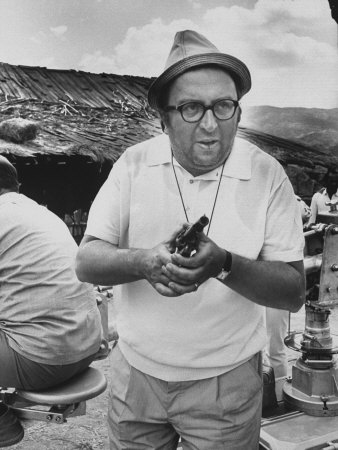
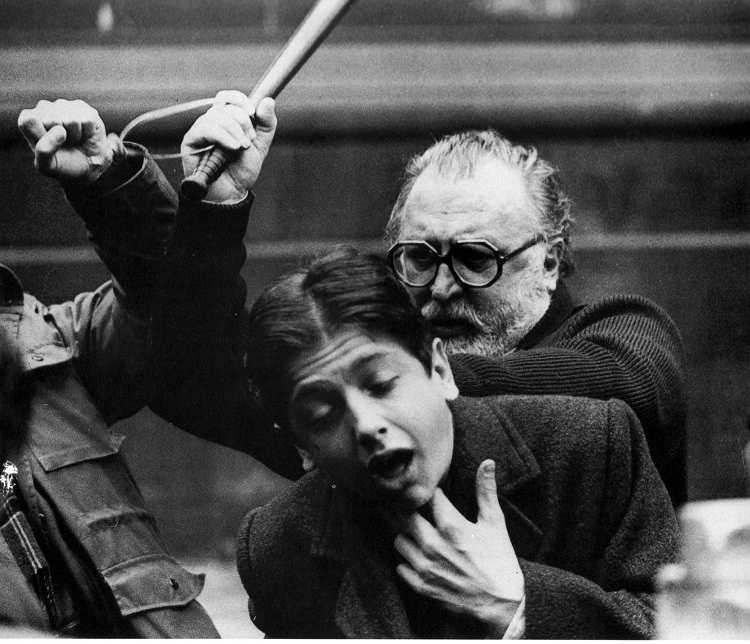

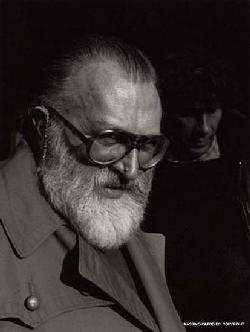
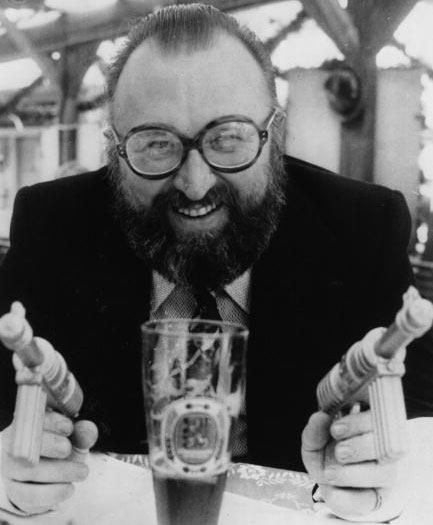
![]()

